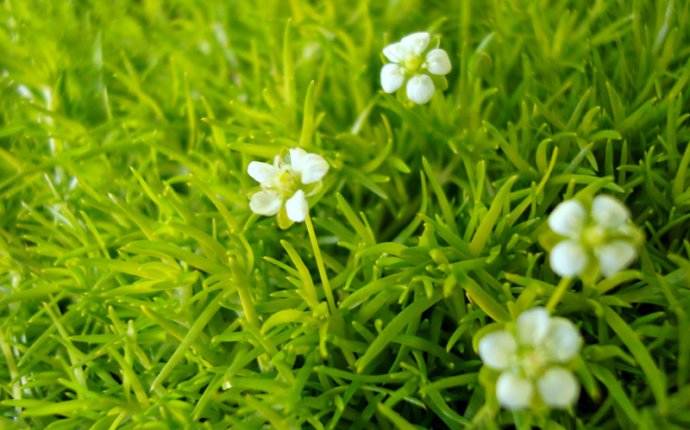
Ayurveda five elements
Whether walking headfirst into a gale of wind or digging our hands into the soil, we possess an inherent familiarity with the elements. All organic and inorganic substances are combinations of these elements, be it a time-polished rock or a shiny piece of plastic. Every object is unique because it contains a varying ratio of the five elements.
Ayurveda also observes the five elements within the human body. We nourish ourselves with foods from the Earth, and eventually, our body returns to the earthly matter from which it came. Water is our life-sustaining nectar, making up more than 70 percent of our total body mass. Fire provides the body with heat and radiant energy and exists within all metabolic and chemical actions. Air flows freely throughout the body, giving movement to biological functions and feeding every cell with oxygen. Space is ever-present, humbly residing in the background, providing the other elements with an opportunity to interact in this way.
From an Ayurvedic perspective, the Water element encompasses more than the substance we call water. It also embodies the physical qualities, biological functions, and energetic properties of this element. For example, Water is liquid, heavy, soft, and cohesive. It governs all bodily fluids and is necessary for chemical reactions to take place in nature. On the subtler levels of the mind and emotions, Water relates to a calm personality and promotes love, compassion, and contentment.
The Five Elements explain why substances of the natural world are harmonious with the human body. We easily utilize plants, herbs, minerals, and water, because these substances are the same in composition and character to our own underlying make-up.














